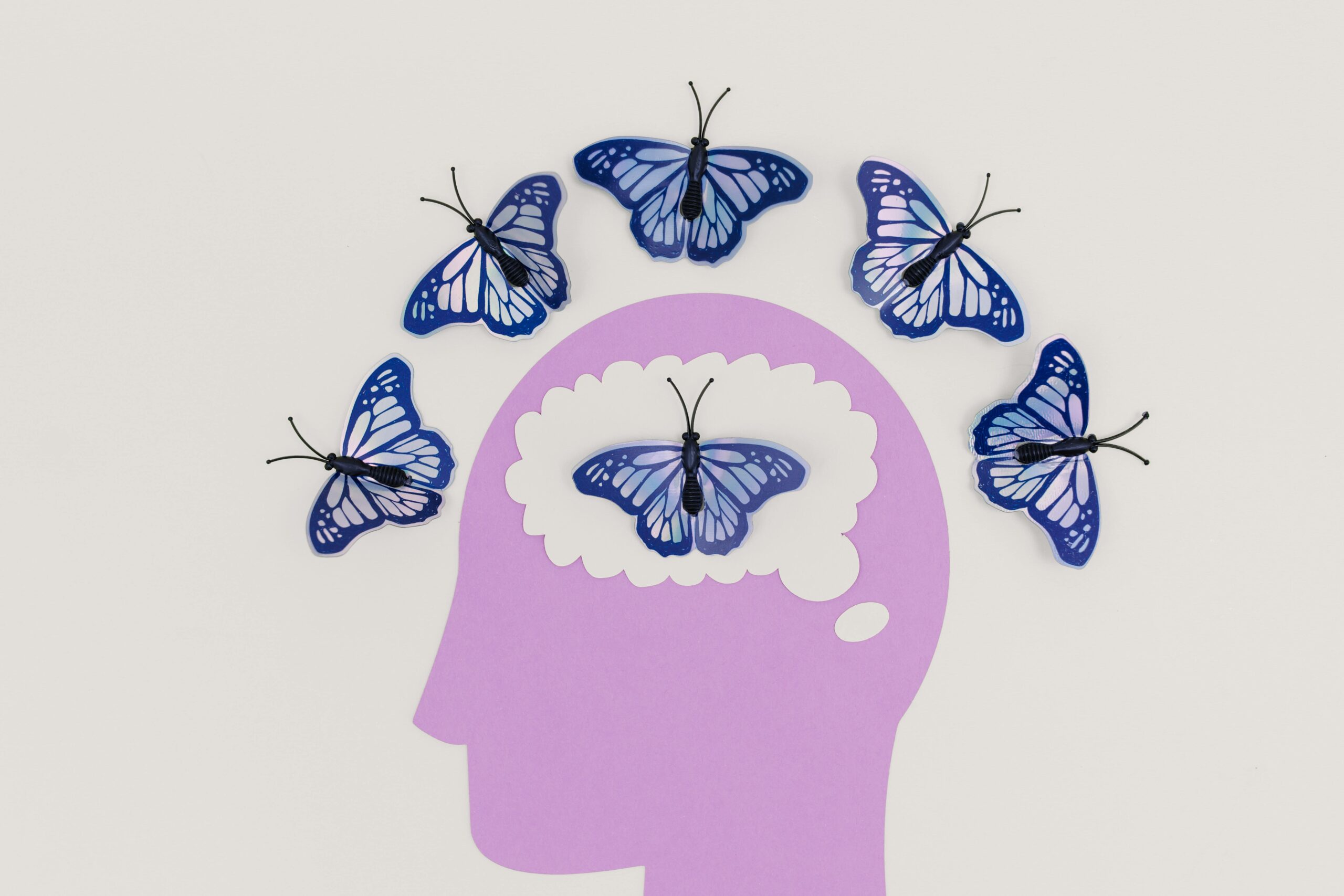When a loved one survives a stroke, life changes — not just for them, but for everyone close to them. Stroke recovery is a journey that involves patience, compassion, and a holistic care approach. Whether you’re a family member, friend, or professional caregiver, understanding how to support stroke survivors is vital for their healing and quality of life.
Understanding Stroke Recovery
A stroke occurs when the blood supply to part of the brain is interrupted, leading to potential damage in motor skills, speech, cognition, and emotions. The severity of effects varies depending on the type of stroke, how quickly it was treated, and the part of the brain affected.
Recovery can take weeks, months, or even years, and often involves multiple stages including hospital care, rehabilitation, and home recovery.
1. Medical Management and Rehabilitation
- Follow-Up Care: Ensure regular visits with neurologists, physiatrists, and other specialists. Monitor blood pressure, cholesterol, and blood sugar levels closely.
- Medications: Administer medications for stroke prevention, such as blood thinners, statins, or antihypertensives, as prescribed. Be mindful of side effects.
- Rehabilitation Therapy: Most survivors need a tailored rehab plan involving:
- Physical therapy (to regain strength and coordination)
- Occupational therapy (to relearn daily activities like dressing and eating)
- Speech therapy (if there are communication or swallowing issues)
2. Home Care and Daily Living Support
- Mobility Aids: Use walkers, grab bars, and ramps as needed to prevent falls and improve mobility.
- Daily Routines: Simplify routines and provide assistance with bathing, dressing, and meals while encouraging independence where possible.
- Nutrition: Provide a heart-healthy, low-sodium diet rich in fruits, vegetables, whole grains, and lean proteins. Watch for choking hazards if swallowing is impaired.
- Safety: Remove tripping hazards, install non-slip mats, and ensure good lighting throughout the home.
3. Emotional and Psychological Support
- Emotional Changes: Depression, anxiety, frustration, and mood swings are common post-stroke. Be patient and validate their feelings.
- Social Connection: Encourage participation in stroke support groups, both in-person and online.
- Mental Health Help: Don’t hesitate to involve counselors, psychologists, or psychiatrists. Medication or therapy might be needed.
4. Communication and Cognitive Support
- Speech Difficulties: Use visual aids, gestures, and simple sentences to communicate. Don’t rush or finish sentences for them.
- Cognitive Challenges: Help with memory, decision-making, and organization through reminders, notes, and structured routines.
5. Caregiver Wellbeing
Caring for someone post-stroke can be physically and emotionally draining. It’s essential to:
- Take breaks and ask for help.
- Join caregiver support networks.
- Watch for signs of caregiver burnout.
6. Encourage Hope and Progress
Celebrate every small victory — whether it’s holding a spoon, saying a word, or walking a few steps. Recovery may be slow, but with consistent care and love, stroke survivors can lead meaningful, enriched lives.
Taking care of a person after a stroke is a profound act of love and resilience. While challenges are inevitable, knowledge, preparation, and compassion are powerful tools. With the right support, stroke survivors can recover much of their independence and joy.



